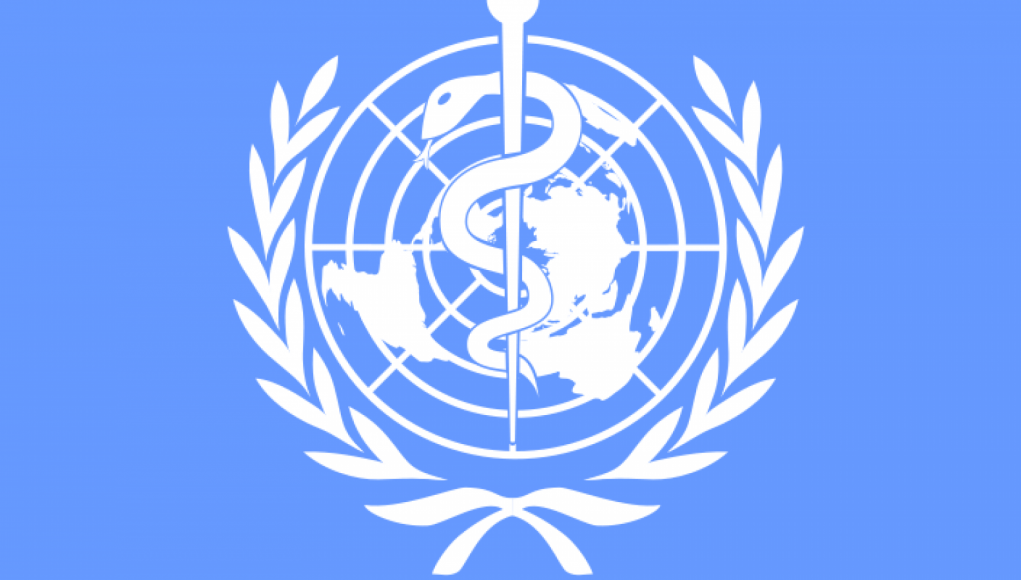The COP9 virtual conference was (as in previous years) closed off to the public and only accessible to a handful of selected media representatives. While the Climate-related COP26 allowed the attendance of 2,360 NGOs, the FCTC COP9 just allowed 21 handpicked NGOs. Sadly, none of these represented populations who will be affected by the decisions taken at the conference.
The GSTHR report
The WHO organizes the conference, and is renowned for remaining staunchly opposed to the use of safer nicotine products, despite the significant independent and international scientific evidence indicating their efficacy for smoking cessation. In its most recent report, “Fighting The Last War: The WHO and International Tobacco Control”, the Global State of Tobacco Harm Reduction argues that tragically, the WHO’s tobacco control policy is frozen in time, costing millions their lives.
“As the WHO publishes its latest Global tobacco trends report, it trumpets falling tobacco use. But the global health institution is celebrating failure. To see numbers reduce from 1.32 billion to 1.30 billion tobacco users over five years cannot be argued as evidence of a successful strategy. Eight million lives are lost every year due to smoking-related disease. What we are seeing is evidence of a dereliction of public health duty,” says the report.
“With modern safer nicotine products, these technological disruptors such as vaping devices, nicotine pouches, heated tobacco products, we have the means at our disposal to end smoking and to end it soon. Global State of Tobacco Harm Reduction estimates put the number of users of harm reduction products at 100 million worldwide. Many smokers are put off from switching though, as a direct consequence of the distortion of public health messaging from the WHO and other tobacco control organisations funded by US philanthropic interests that seem to care little for the health of current smokers.”
“Harm reduction is the third pillar of the tobacco control strategy named in the FCTC (1), along with supply and demand reduction. We urge the WHO to integrate harm reduction into its approach to tobacco control, as it already does for drug use and HIV/AIDS prevention, and to address current deficits in the WHO’s MPOWER strategy by enabling it to become EMPOWERED – adding ‘Engage with affected communities’, ‘Encourage smokers to switch to safer nicotine products’ and ‘Deliver accurate information about safer alternatives.'”(2)
New GSTHR Report: Fighting The Last War: The WHO and International Tobacco Control












